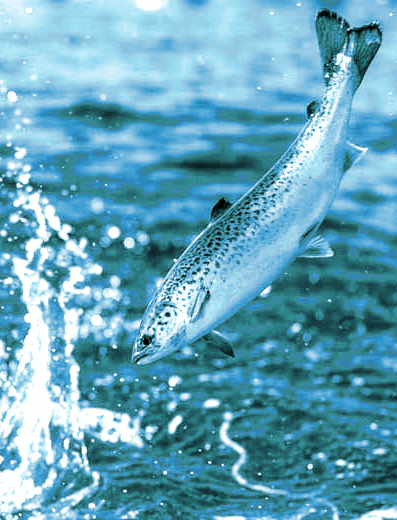Fish release effect questioned
 Releasing fish and prawns from aquaculture into the ocean may not help much.
Releasing fish and prawns from aquaculture into the ocean may not help much.
Researcher Professor Neil Loneragan says aquaculture-based enhancements have expanded rapidly over the last 20 years in response to increasing recreational fishing in Australia.
“In recent years, thousands to millions of fish and crustaceans have been released each year in Australia, although this number is small in a global context, especially compared with China and Japan where hundreds of millions are released,” Professor Loneragan said.
Aquaculture-based enhancements involve using aquaculture to produce large numbers of marine animals such as fish and prawns, and then releasing them into the ocean.
“In Australia, aquaculture-based enhancement benefits mainly recreational fisheries. But they need to be done responsibly, with commitment to management, assessment and evaluation, so we can be sure of the effectiveness of the approach,” he said.
“More fish in does not necessarily mean more fish out. Furthermore, more fish in is not always good for the system.”
Professor Loneragan said that poorly managed enhancements could waste money, reduce other fish populations, harm genetic diversity and introduce disease into wild populations.
“Some of the investment in producing the young can be wasted, unless they survive and grow,” he said.
“There is also a risk of introducing disease or reducing genetic diversity, so strict protocols are in place to test for disease and introduce the right number of brood stock.
“However, aquaculture-based enhancement has been effective for select fisheries including Black Bream in south-western Australia and Eastern King Prawns in New South Wales.
“Recaptures of 220,000 marked released bream have shown that they contributed to commercial and recreational fishing and the spawning population in the Blackwood River Estuary. Releases of Eastern King prawns provided recreational fishing for prawns in estuaries when few had been present.”
Prof Loneragan’s article ‘A drop in the ocean: marine fish releases in Australia’, has been published by the Ecological Society of Australia.








 Print
Print